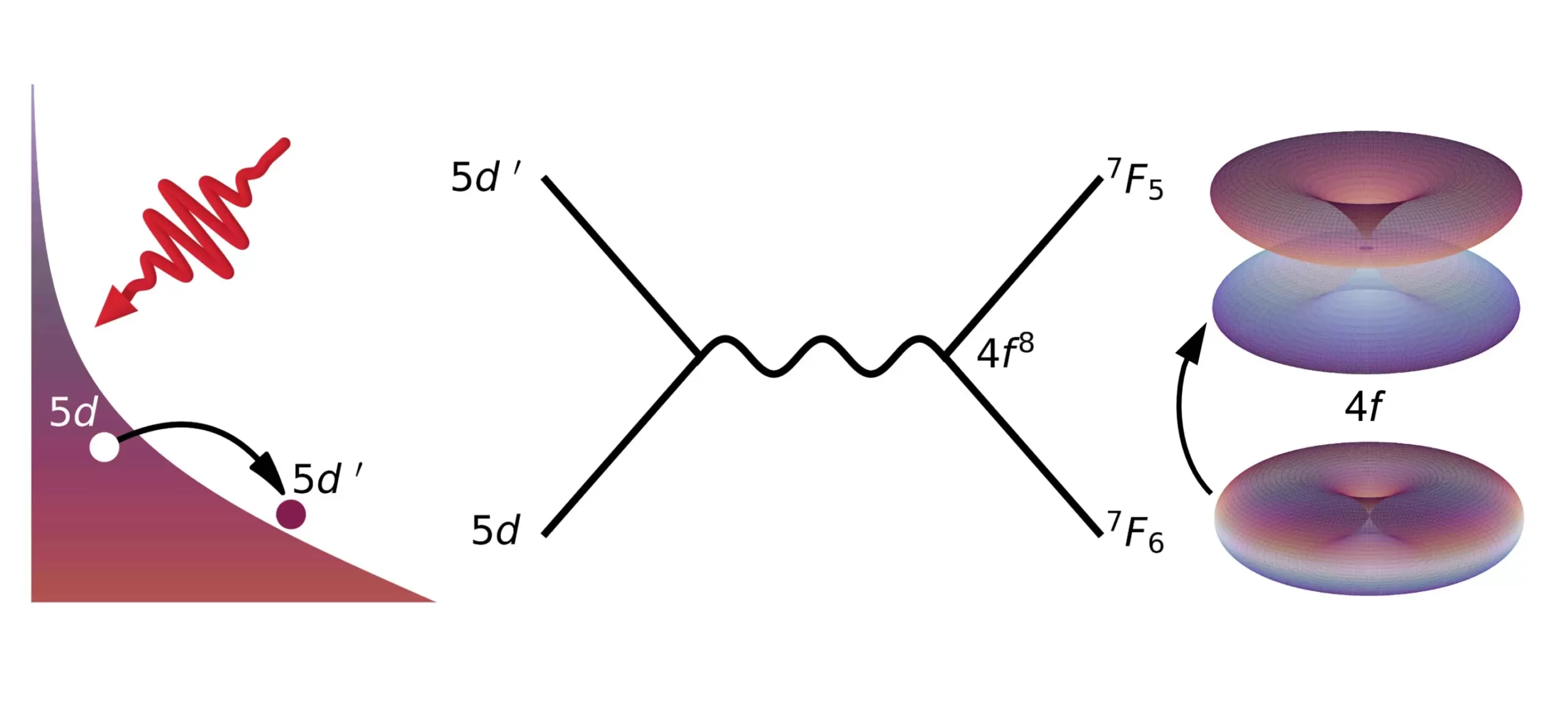Rare earth magnetic materials have always fascinated researchers due to their unique properties, particularly attributed to the behavior of electrons in the 4f shell. Traditionally, it was believed that controlling the magnetic properties of 4f electrons was a near-impossible feat. However, a recent groundbreaking discovery by a team of scientists from HZB, Freie Universität Berlin, and other esteemed institutions has unveiled a revolutionary method to manipulate 4f electrons using laser pulses.
The experiments conducted at EuXFEL and FLASH demonstrated for the first time that laser pulses have the ability to influence 4f electrons, subsequently leading to alterations in their magnetic properties. This pivotal finding opens up new avenues for utilizing rare earth elements in data storage applications. Rare earths are known for possessing some of the strongest magnets known to mankind, with their 4f electrons playing a crucial role in maintaining their magnetic properties even under varying chemical conditions.
The conventional belief that the magnetic properties of 4f electrons were static and unchangeable, even when subjected to laser excitation, has been debunked by the recent research conducted by the collaborative team of scientists. By briefly switching the spatial arrangement of 4f electrons through laser excitation, the team successfully altered their magnetism, paving the way for a more efficient and rapid control of magnetic rare-earth materials.
The implications of this research extend beyond the realm of fundamental science, offering promising prospects for the development of energy-efficient and high-speed information storage devices utilizing rare earth materials. While rare earths have not been conventionally utilized in magnetic storage media, the newfound ability to control their magnetic properties through laser excitation presents a game-changing opportunity for the advancement of data storage technologies.
The advancements in accelerator-based X-ray sources have been instrumental in driving this groundbreaking research forward. These cutting-edge X-ray sources allow researchers to observe elementary processes in magnetic materials on incredibly short time scales of a few femtoseconds. The ability to generate ultrashort X-ray pulses has enabled scientists to delve into the intricate behaviors of 4f electrons in rare earth materials, shedding light on previously unexplored phenomena.
As the research on rare earth magnets continues to evolve, the development of novel applications and technologies based on the control of magnetic properties holds immense promise. With the support of state-of-the-art X-ray sources and collaborative efforts across renowned research institutions, the potential for leveraging rare earth materials in next-generation data storage devices appears increasingly feasible.
The recent breakthrough in controlling the magnetic properties of rare earth magnets through laser excitation represents a significant milestone in the field of materials science. By harnessing the unique properties of 4f electrons in rare earth materials, researchers have unlocked new possibilities for the efficient and rapid manipulation of magnetism, laying the foundation for innovative applications in data storage technology.


Leave a Reply
You must be logged in to post a comment.